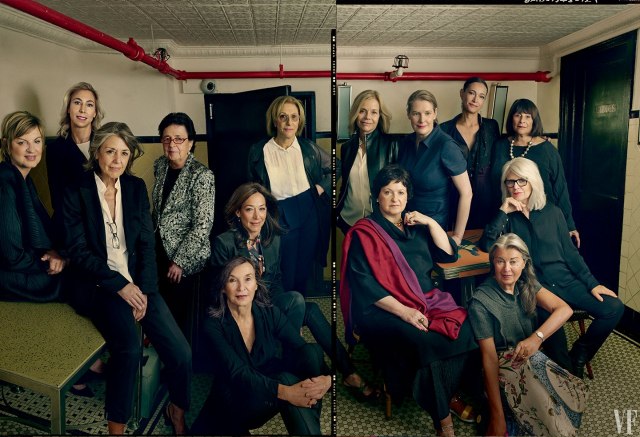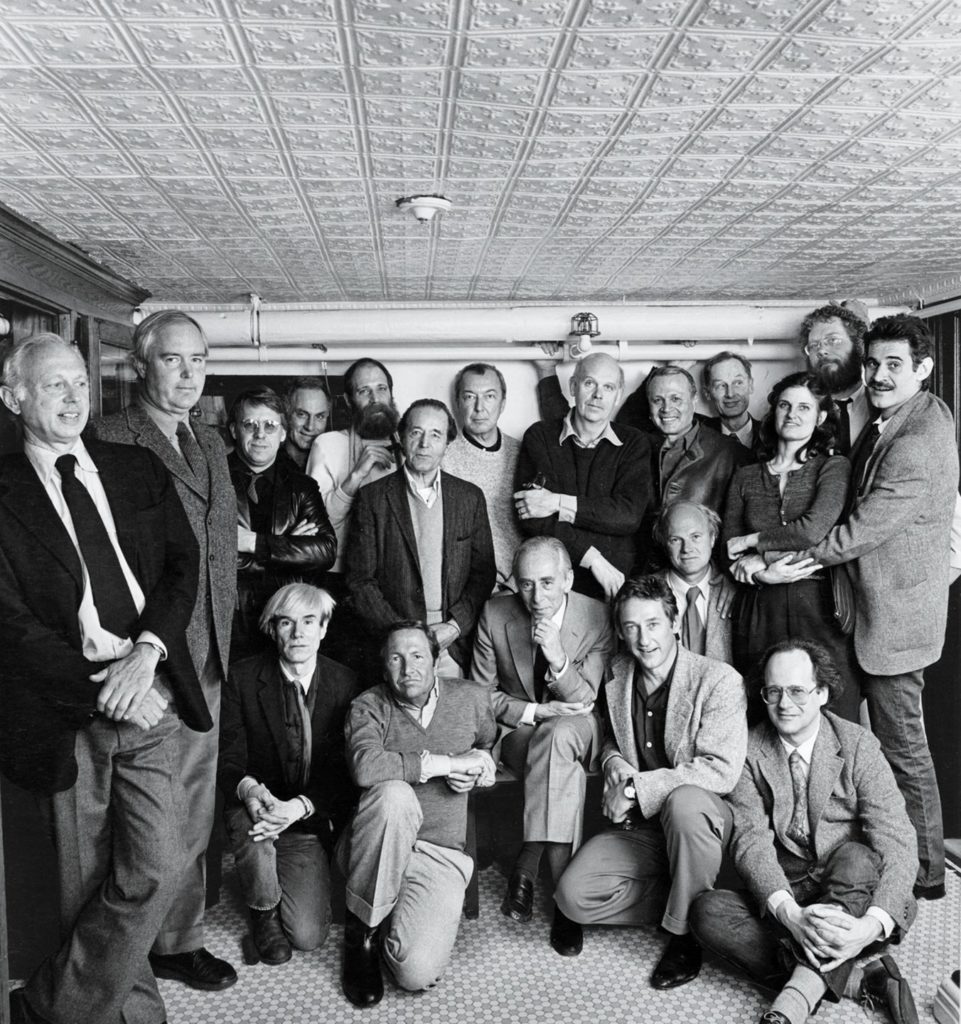Galleries
‘Vanity Fair’ Features Female Gallerists—And Misses the Point


Cait Munro

In 1982, photographer Hans Namuth snapped a shot of the most important people in the art world lunching at Odeon restaurant. This included Ellsworth Kelly, Dan Flavin, Joseph Kosuth, Richard Serra, Lawrence Weiner, Nassos Daphnis, Jasper Johns, Claes Oldenburg, Salvatore Scarpitta, Richard Artschwager, Mia Westerlund Roosen, Cletus Johnson, Keith Sonnier, Andy Warhol, Robert Rauschenberg, Leo Castelli, Ed Ruscha, James Rosenquist, and Robert Barry. All of them, with the exception of Mia Westerlund Roosen, were men.
In response to this iconic photograph, Annie Leibovitz shot 14 female gallerists in a similar pose at the same restaurant for Vanity Fair. Who made the cut? Eva Presenhuber, Marianne Boesky, Paula Cooper, Marian Goodman, Barbara Gladstone, Shaun Caley Regen, Helen Winer, Janelle Reiring, Luisa Strina, Philomene Magers, Jeanne Greenberg-Rohatyn, Victoria Miro, Monika Sprüth, and Rhona Hoffman. It’s a wide-ranging and well-deserved list, as well as a beautiful photograph that cuts a striking contrast to its predecessor.

Han’s Namuth’s 1982 photograph. Photo courtesy Center for Creative Photography, University of Arizona/Hans Namuth Estate.
Unfortunately, the accompanying text comes off as somewhat cursory, and mostly harps on the supposed differences between male and female gallery owners. While the participants seem to agree that it is more likely for a female dealer to possess the kind of personality that makes both the artist and buyer feel at ease (and this might be true), setting up this kind of rigid dichotomy between “male gallerists” and “female gallerists” really does nothing to further the mission of removing “female” as a qualifier. The same goes for “female artist.”
While the few gallerists quoted give some nice insights into their practices (“I am driven to find out who and where the most interesting artists are,” says Monika Sprüth), it’s a shame so much of the text focuses on how these women are different from their male counterparts, as opposed to just how they are as businesspeople and art lovers. After all, while we know the art world is still biased (see: “We Asked 20 Women ‘Is the Art World Biased?’ Here’s What They Said“), we like to think that if someone were to photograph the most important people in the art world today, there would be many more than one woman in the room.